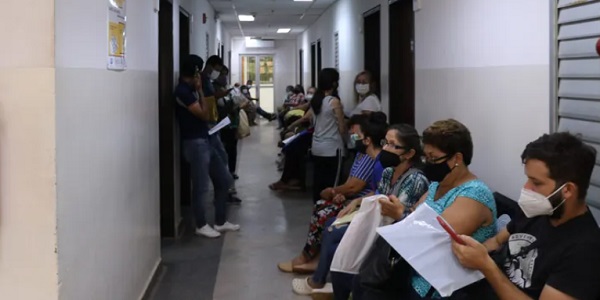Although there is no low temperature this season, respiratory symptoms are on the rise. Confusion between allergies and ARDs intensifies.
Mabel Peralta, coordinator of the hospital’s respiratory department, said that although there were no hypothermia this year, it was clear that the body was trying to adapt to the sudden change in temperature.
This season is characterized by a dry environment that affects the emergence of infectious and allergic respiratory symptoms. The latter is often confused with acute respiratory disease, complicating the diagnosis.
Recognition of this disease is further complicated by the fact that rhinoviruses behave similarly to the common cold. “The difference between an allergy and a rhinovirus is a fever and general malaise with mild headache and body aches.’, clarified Peralta.
Advice to prevent transmission
The expert urged people to act responsibly. If you have respiratory symptoms, it is recommended not to go to crowded places such as schools or workplaces. “Bringing the virus home could lead to mass transmission among family members”he warned.
Using a mask that adequately covers the chin and nose, washing hands frequently and keeping the room well ventilated are crucial measures. In addition, Peralta emphasized the importance of vaccinations for disease prevention.
Other viruses on the radar
In addition to the well-known SARS-COV-2 and influenza, there are other pathogens such as adenovirus and respiratory syncytial virus. According to Última Hora’s report, these can complicate the situation, triggering more severe symptoms, especially in young children and the elderly.

